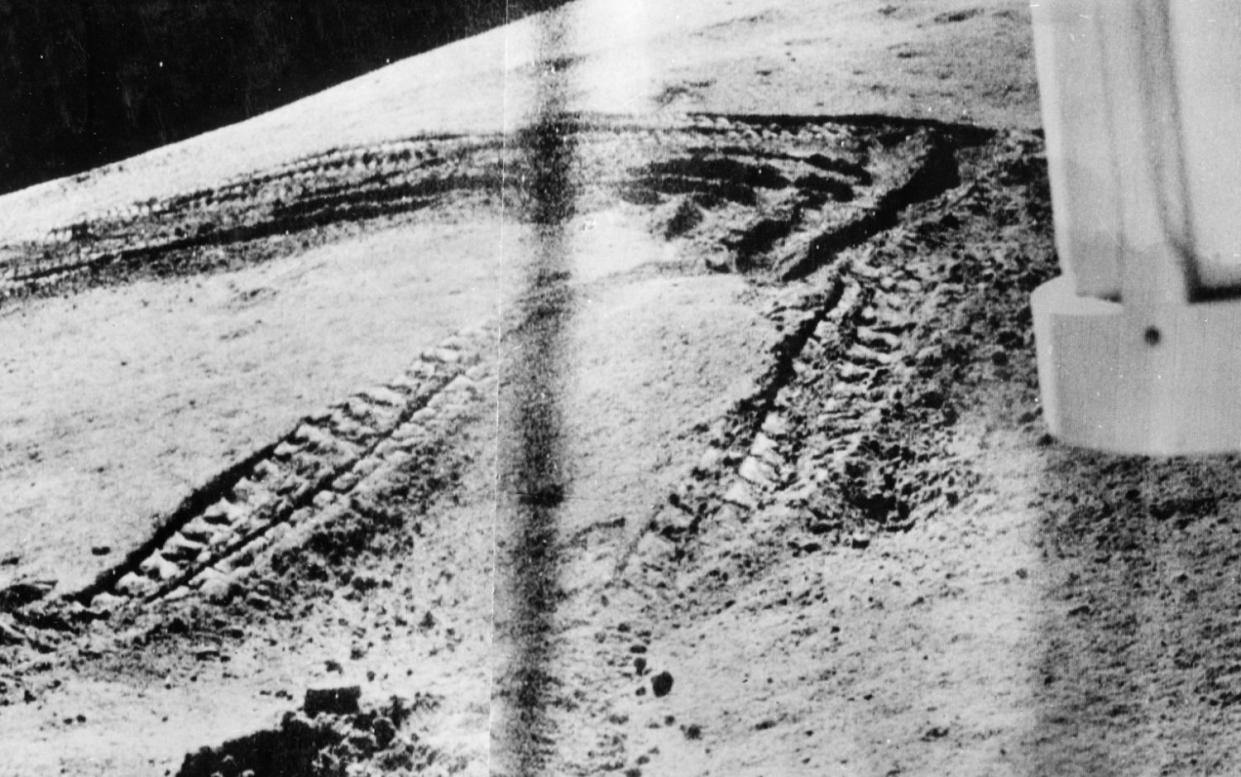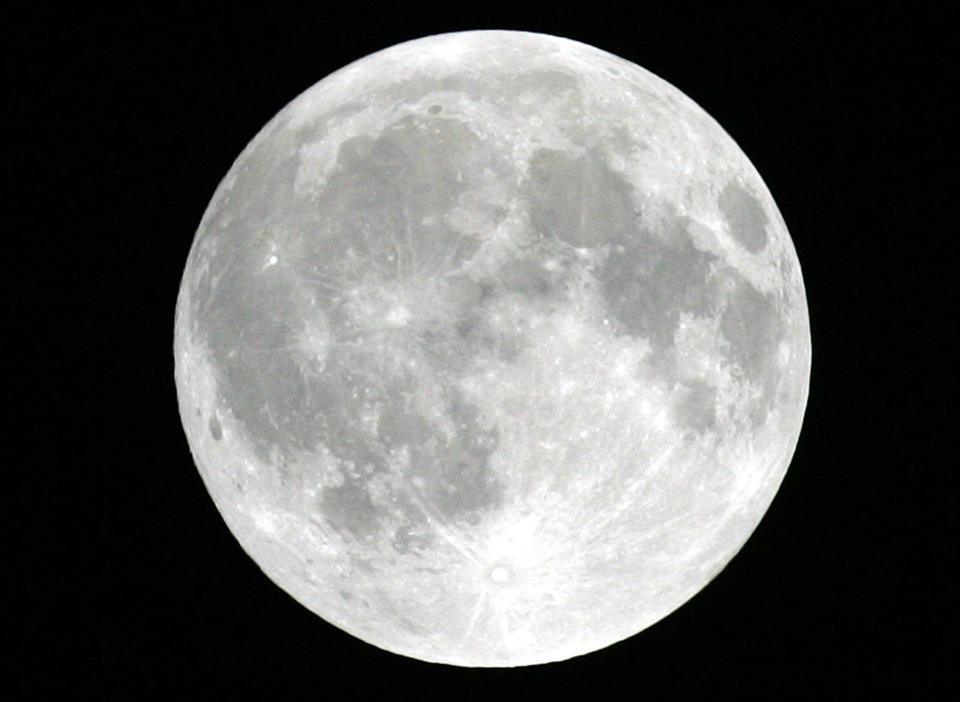Humans have created a new geological era on the Moon, scientists say

Humans have caused so much disturbance to the Moon that it has entered a new epoch, scientists have claimed.
More than a hundred spacecraft have landed on the Moon’s surface since the USSR set down Luna 2 in 1959, leading experts to claim the satellite is now in the “lunar anthropocene” age.
Earth is thought to have tipped from the Holocene to the Anthropocene around the time the first nuclear weapons were detonated, leaving a lasting mark on the planet’s geology.
The Moon has been in the Copernican period for around the past billion years, which began when volcanic lava flows stopped.
‘We want to prevent massive damage’
But in a new paper in Nature Geoscience, anthropologists and geologists at the University of Kansas, argue Moon missions have tipped the satellite into a new era of human interference.
The scientists claim that the Lunar Anthropocene began when Luna 2 landed in 1959.
“The idea is much the same as the discussion of the Anthropocene on Earth – the exploration of how much humans have impacted our planet,” said lead author Justin Holcomb, a postdoctoral researcher with the Kansas Geological Survey.
“The consensus is on Earth the Anthropocene began at some point in the past, whether hundreds of thousands of years ago or in the 1950s.
“Similarly, on the moon, we argue the Lunar Anthropocene already has commenced, but we want to prevent massive damage or a delay of its recognition until we can measure a significant lunar halo caused by human activities, which would be too late.”
Two golf balls on the Moon
It is estimated that humans have left 500,000lbs of human artefacts on the lunar surface, including six American flags, television equipment, and an aluminium sculpture called Fallen Astronaut.
There are even two golf balls from when Alan Shepard attempted putting in low gravity, while Apollo 16 astronaut Charlie Duke left a framed photograph of his family.
Nasa’s Artemis mission is due to place humans back on the surface by 2025.
The researchers have also called for a new academic field of ‘space heritage’ which would preserve or catalogue items such as the lunar rovers, flags and footprints on the Moon’s surface.

Dr Holcomb added: “As archaeologists, we perceive footprints on the moon as an extension of humanity’s journey out of Africa, a pivotal milestone in our species’ existence. These imprints are intertwined with the overarching narrative of evolution.
“In the context of the new space race, the lunar landscape will be entirely different in 50 years. Multiple countries will be present, leading to numerous challenges. Our goal is to dispel the lunar-static myth and emphasise the importance of our impact, not only in the past but ongoing and in the future.
“We aim to initiate discussions about our impact on the lunar surface before it’s too late.”

